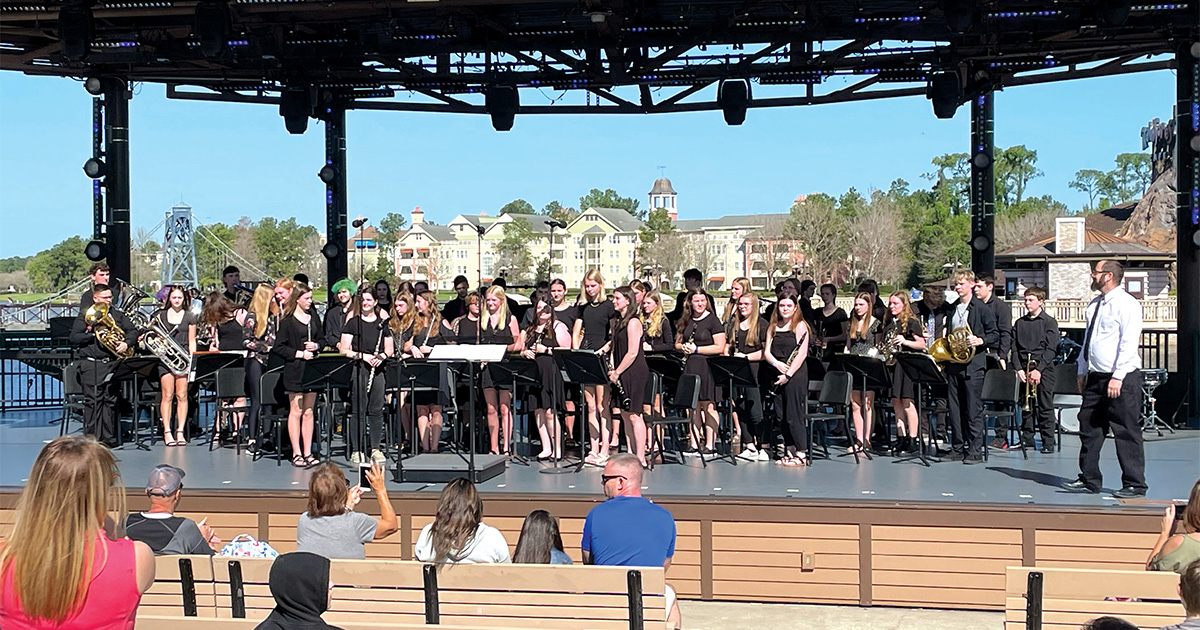Feeling lost in today’s media landscape? In a recent recorded SYTA Virtual Education session, participants dove into the complexity of digital citizenship, including the threat of falling for fake information.
Exploring media literacy through a First Amendment focus, speaker Jessi Hollis-McCarthy, Outreach Educator, NewseumED, looks at practical tools and accessible learning techniques for bolstering information literacy. This session also tackles terms often heard and what they mean, examining why fake news matters, how to respond to it, and more.
In addition, NewseumED offered up six ways—represented with the acronym ESCAPE—to help you quiet the chaos and find quality information:
1. EVIDENCE
Do the facts hold up? Look for information you can verify, lsuch as names, numbers, places and documents.
2. SOURCE
Who made this, and can I trust them? Trace who has touched the story—authors, publishers, funders, aggregators, social media users, et cetera.
3. CONTEXT
Consider if this is the whole story and weigh other sources surrounding it: current events, cultural trends, political goals, and financial pressures.
4. AUDIENCE
Who is the intended audience? Look for attempts to appeal to specific groups or types of people—image choices, presentation techniques, language, and content.
5. PURPOSE
Why was this made? Look for clues to the motivation: The publisher’s mission, persuasive language or images, moneymaking tactics, stated or unstated agendas, calls to action, et cetera.
6. EXECUTION
How is the information presented? Consider how the way it’s made affects the impact: style, grammar, tone, image choices, placement and layout.
Watch the recording in its entirety.
Written by Sarah Suydam, Staff Writer for Teach & Travel.




